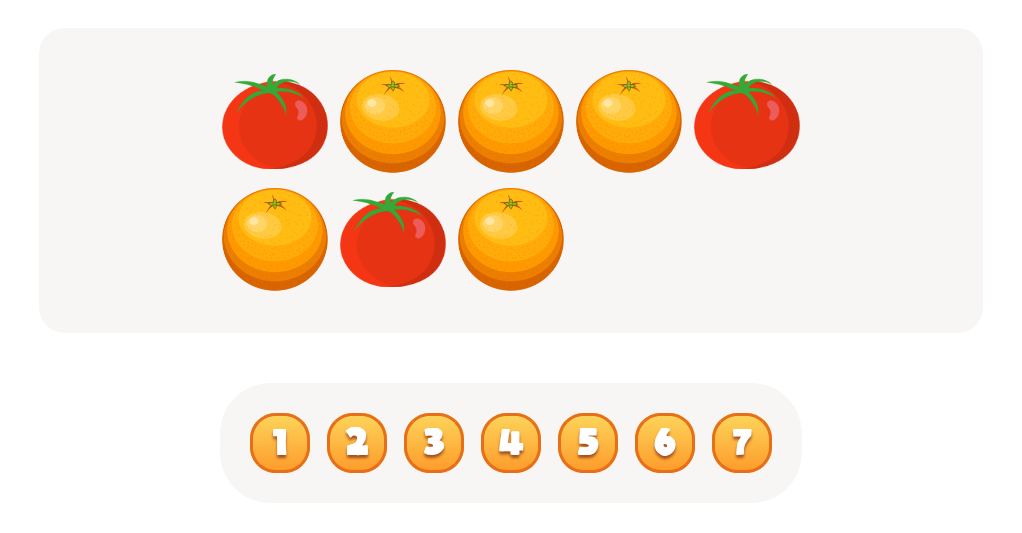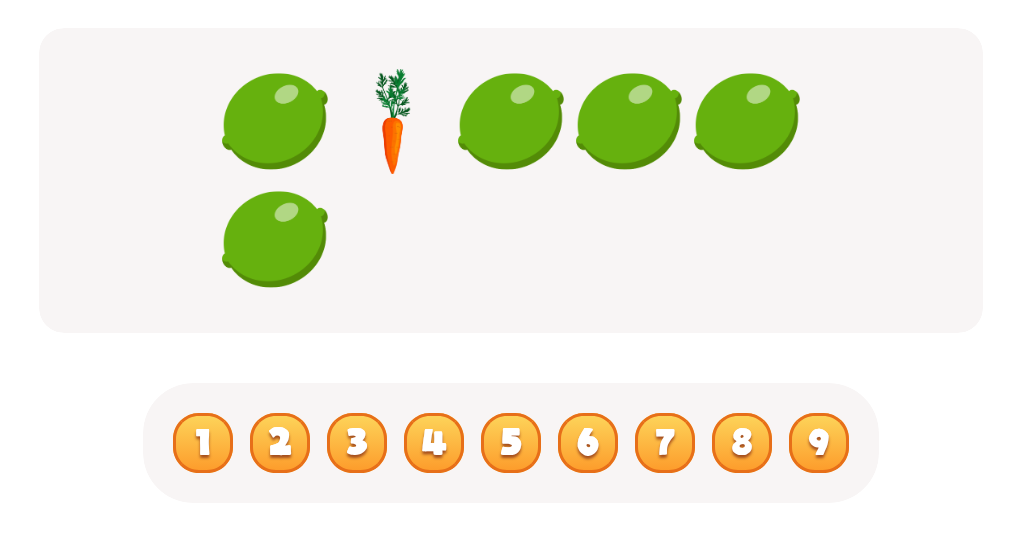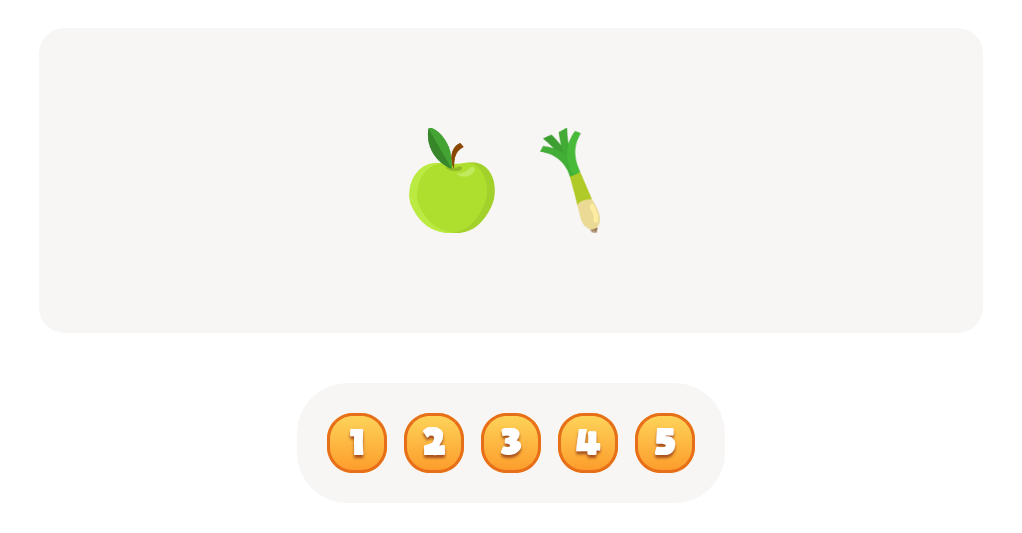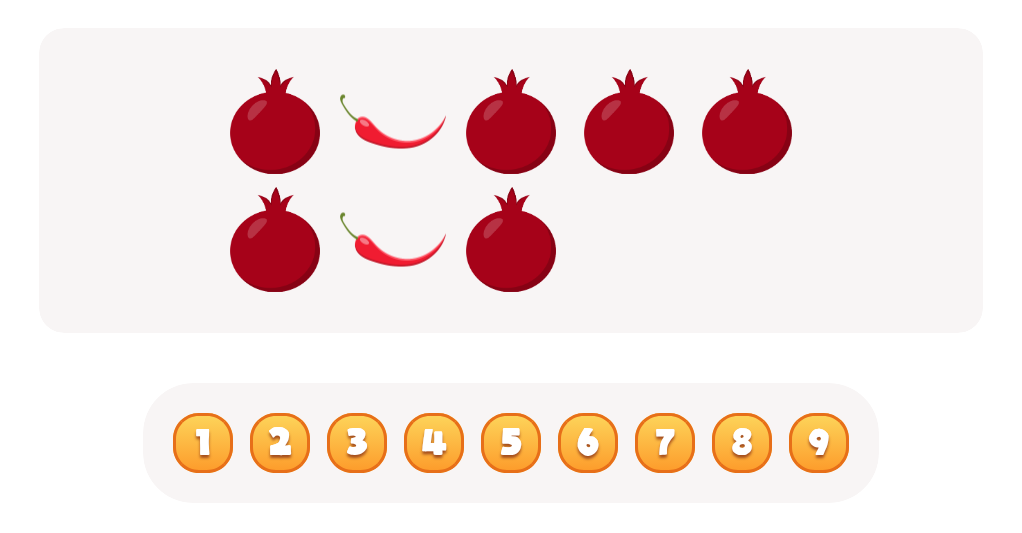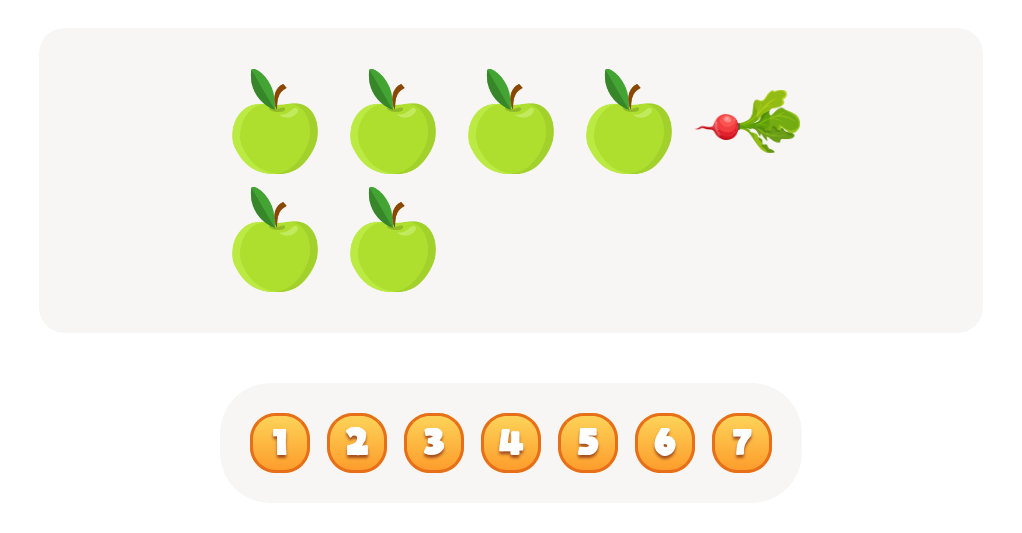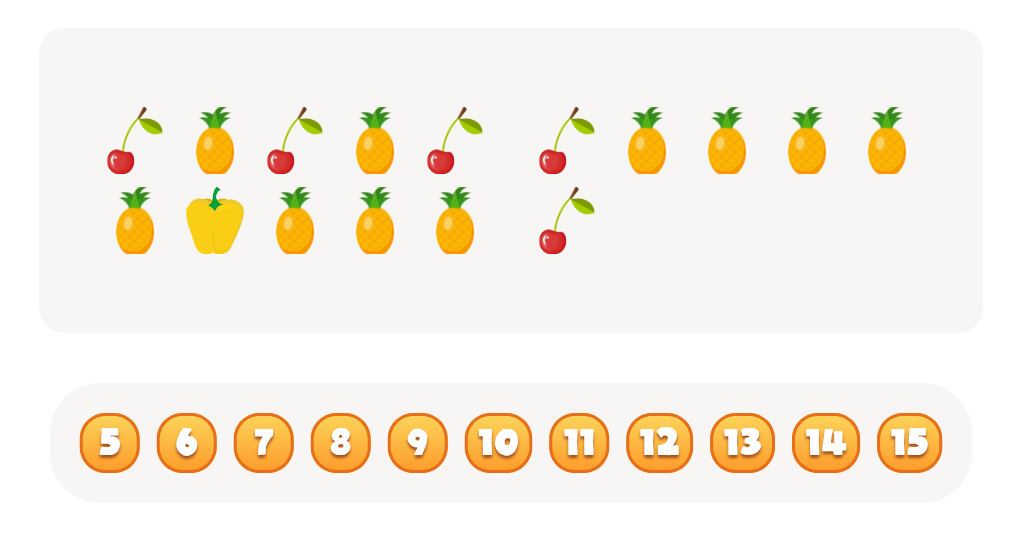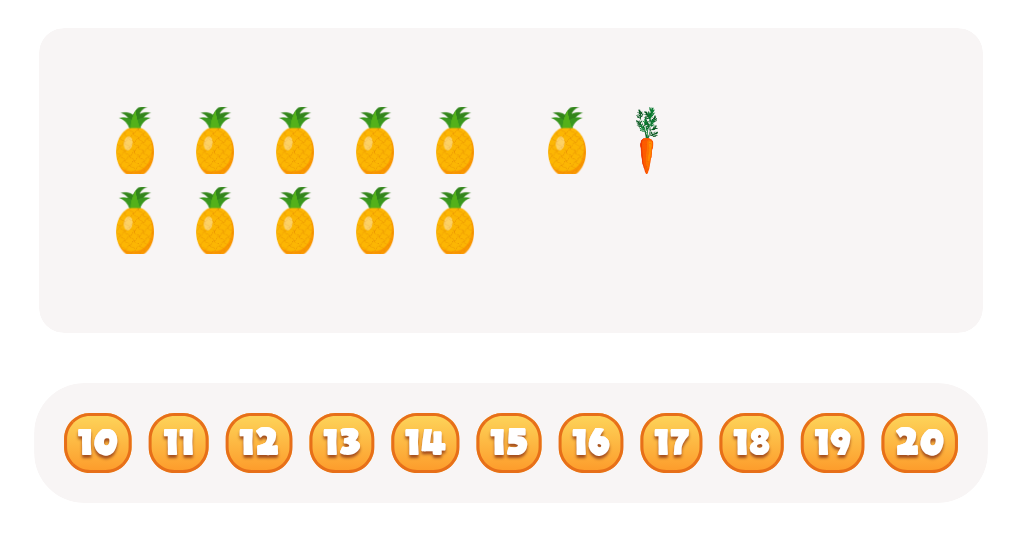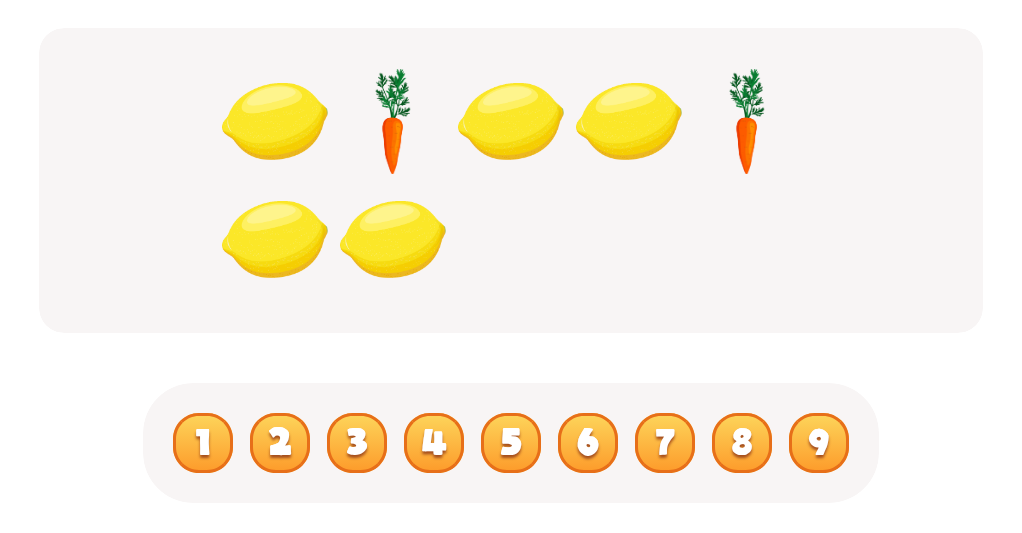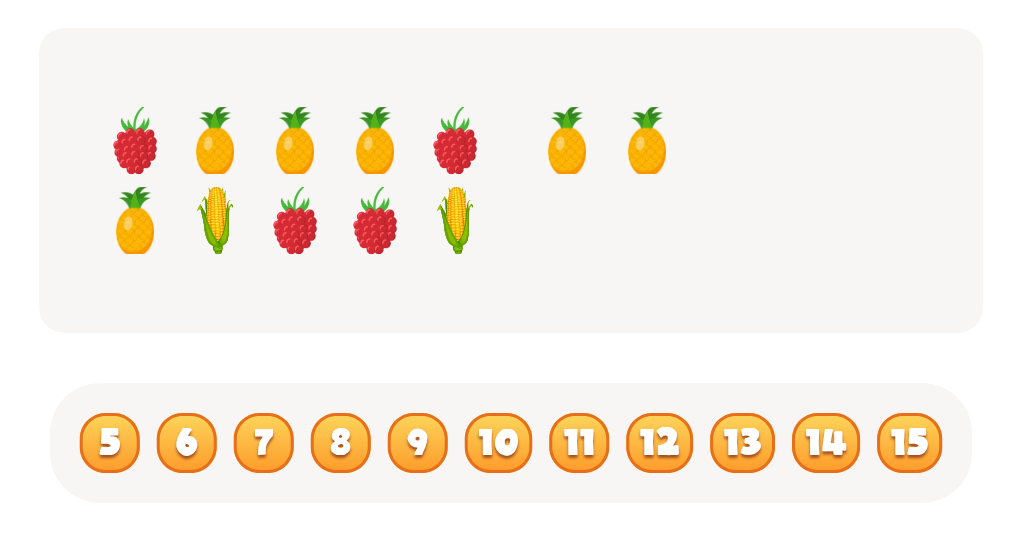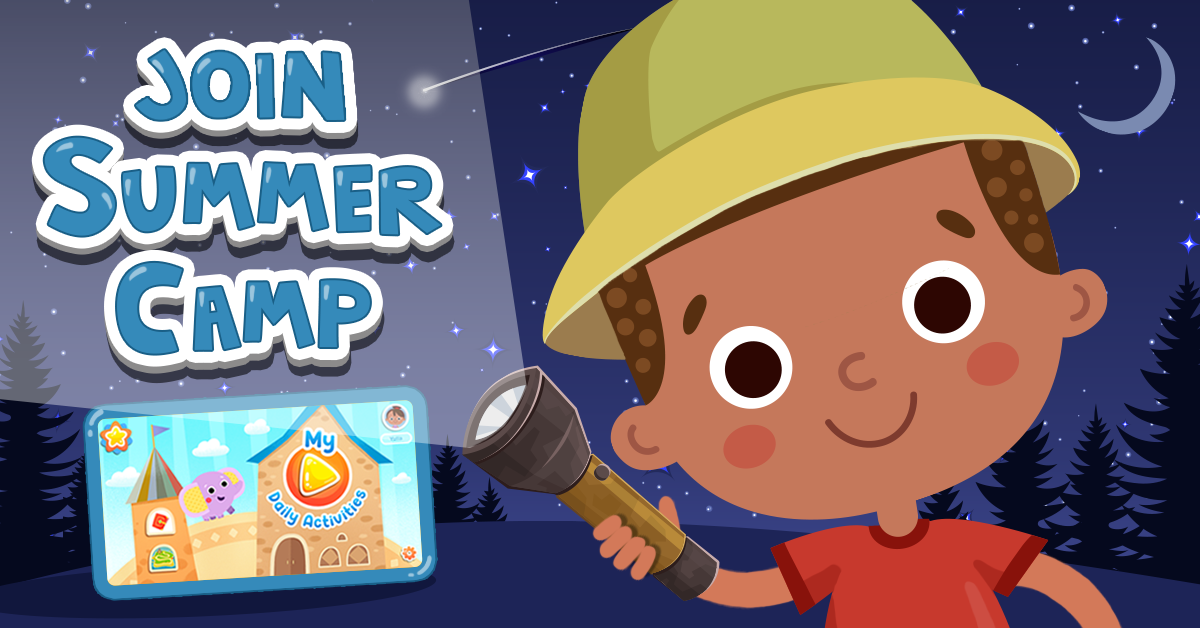Plant identification Plants and Animals Worksheets for Ages 6-8
5 filtered results
-
From - To
Explore the fascinating world of plants with our Plant Identification Worksheets designed for ages 6-8! These engaging resources help young learners recognize, name, and categorize various plants and animals in their environment. Through fun activities, children develop their observation skills while enhancing their understanding of nature. Our worksheets are perfect for home or classroom use, fostering a love for science and the outdoors. Each sheet is tailored to encourage critical thinking, promote creativity, and ensure that learning about plant identification is both enjoyable and educational. Discover the joy of nature with our interactive and delightful worksheets today!
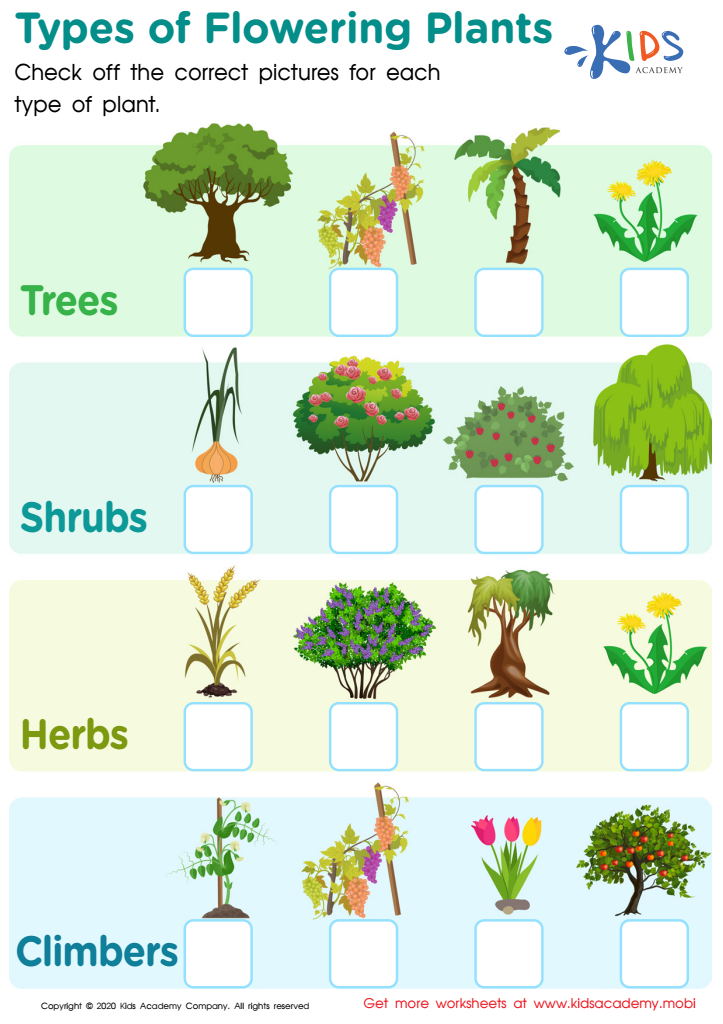

Types of Flowering Plants Worksheet


Plant Fun Worksheet
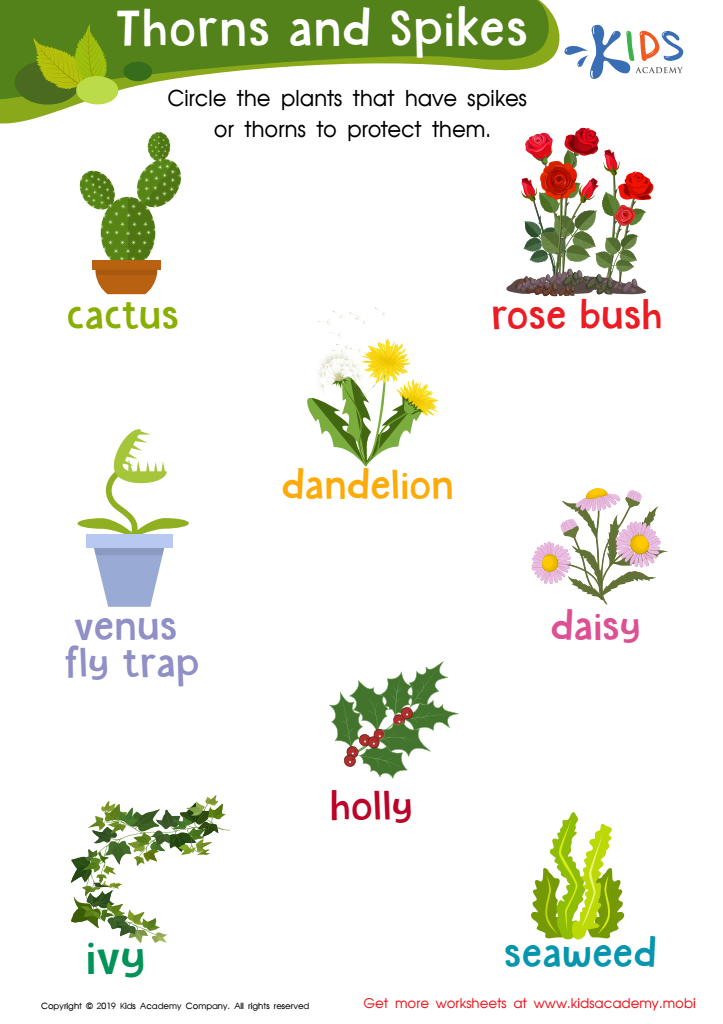

Thorns and Spikes Worksheet


What Do Plants Need to Grow Worksheet
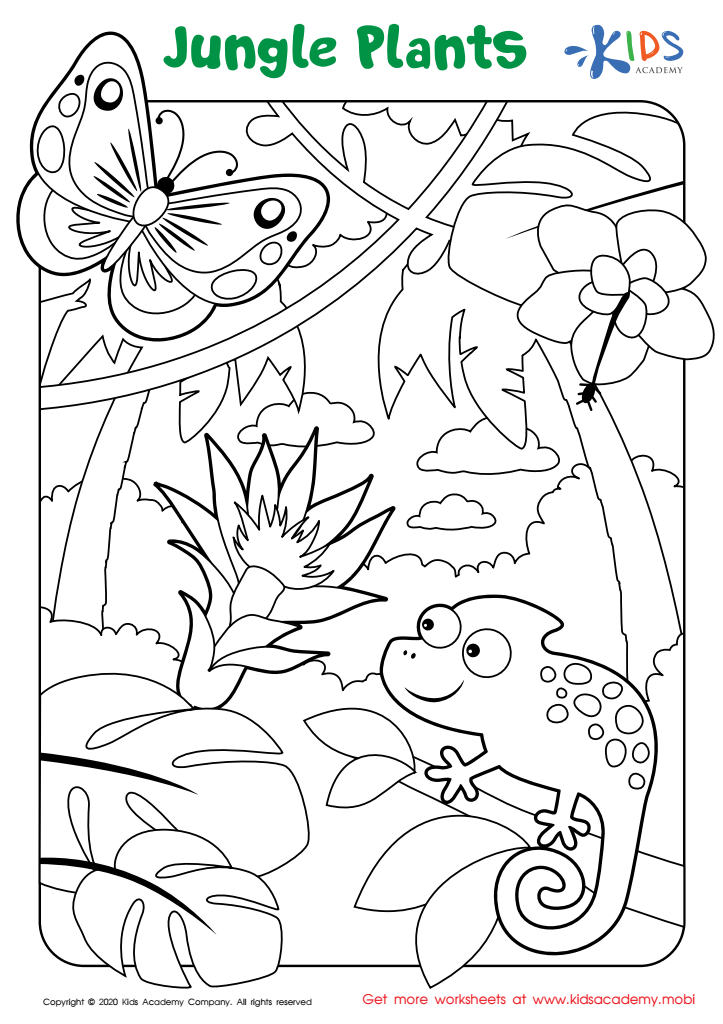

Jungle Plants Worksheet
Plant and animal identification is essential for children aged 6-8 as it fosters a deep connection to nature and enhances environmental awareness. At this age, children are naturally curious and eager to explore the world around them, making it an ideal time for educators and parents to introduce concepts related to biology and ecology.
Learning to identify local plants and animals helps children develop observation skills and critical thinking. It encourages them to notice details and differences in their surroundings, fostering a sense of wonder and respect for the natural environment. Such knowledge promotes responsible behaviors toward nature, promoting conservation and sustainability from a young age.
Moreover, identifying plants and animals integrates seamlessly into subjects like science, art, and language arts. It provides hands-on learning experiences that engage children in discussions about habitats, ecosystems, and the importance of biodiversity. This multidisciplinary approach supports cognitive development by linking ideas across various contexts.
By investing time in plant and animal identification, parents and teachers not only enrich young learners’ education but also equip them with lifelong skills and values that underline the importance of respecting and preserving our planet. Through awareness and appreciation, children grow into informed, responsible stewards of the environment.

 Assign to My Students
Assign to My Students

